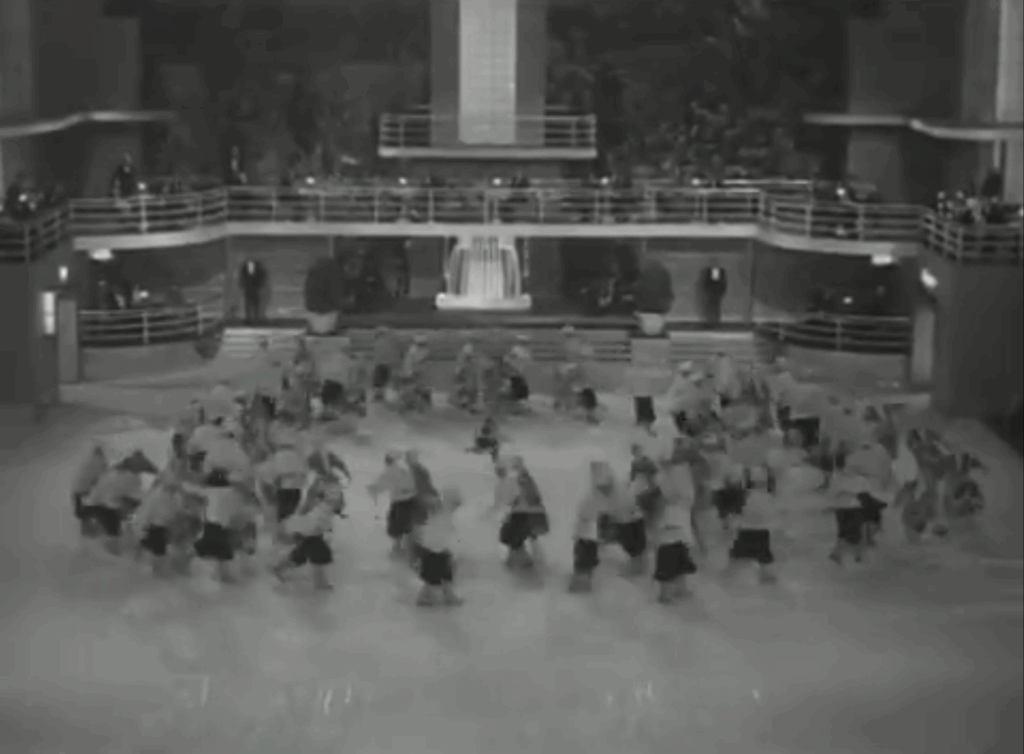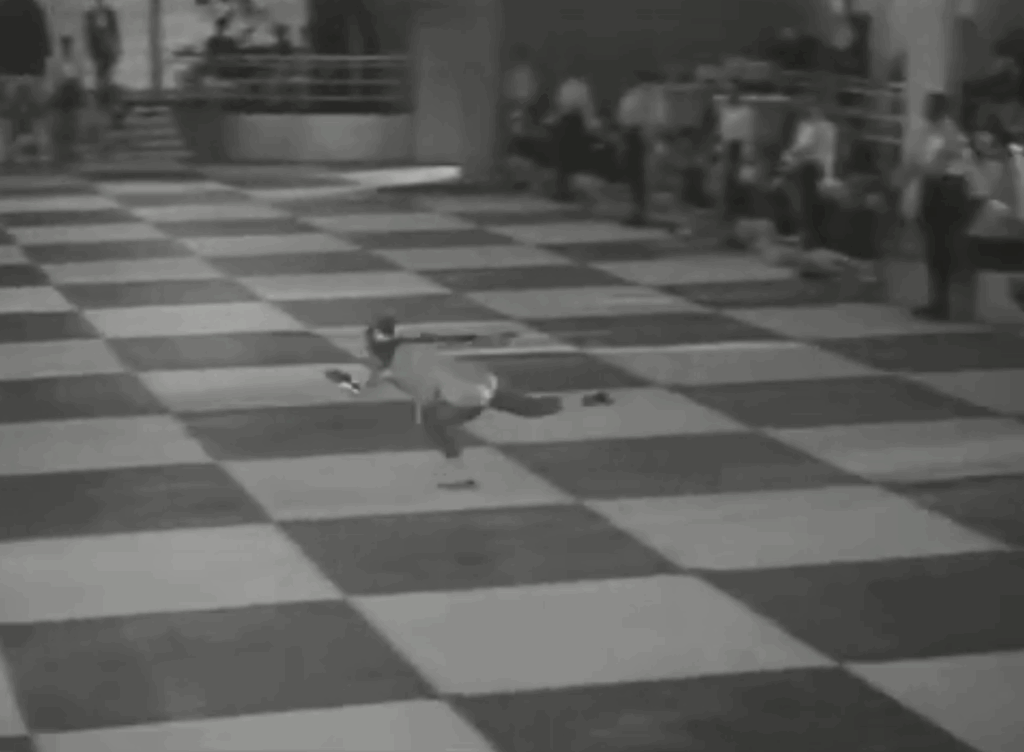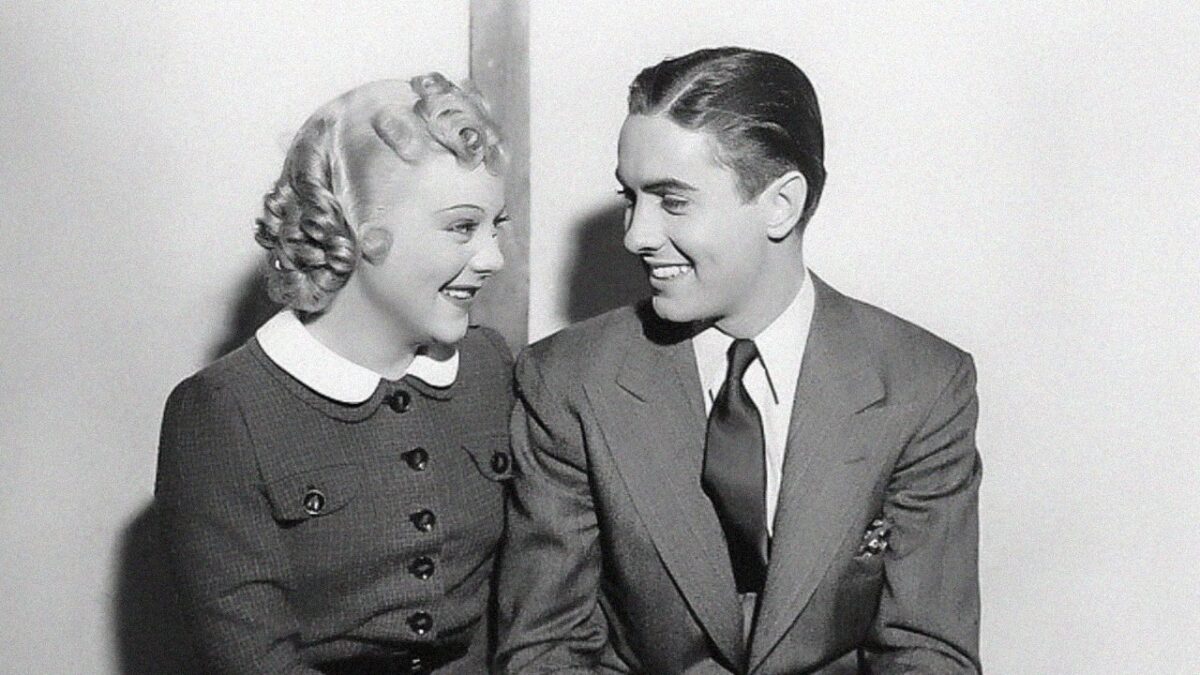Henie way you want it
You know, I’m an amateur. I really only started getting into film history in 2020 when my second daughter started sleeping through the night and I had lots of downtime at home like the rest of the world. Thus, you readers have been able to witness me fumble my way through various movements, phenomena, and milestones as a noted non-expert. When I watched The Cabinet of Dr. Caligari for the first time, I was feeling out this whole “expressionism” thing; now I’m pretty deep on my German silents. When I reviewed Singin’ in the Rain, I paused on declaring it a masterpiece because I hadn’t seen too many studio-era musicals; a dozen entries in the style (and multiple Singin’ rewatches) later, I’d rip that “Tour De Good” cord in an instant.
And so here is my first encounter with a much smaller niche: ice musicals, particularly the batch produced by Fox and built around the talent of Norwegian figure skating Olympian Sonja Henie. Most Henie movies exist for one clear, delightful purpose: to build just enough plot to bridge between her dazzling ice skating routines. Whereas other musicals are constructed on song and dance numbers, the primary form of performance here takes place on ice. Appropriately, the stories are often set at ski chalets or other winter-adjacent locales. And with a light rom-com as the narrative base, this is exactly the kind of pleasant Hollywood fluff I can get behind (especially as my thermometer cracks 90 humid degrees). Thin Ice is a charming entry into this little nook of ’30s and ’40s film, showing off the figure-skating and also just enough Hollywood studio craft to piss you off at how dull most movies in the 2020’s look.

Henie’s skating sequences are, as expected, the highlight, and Thin Ice ensures they’re worth the price of admission (which, I suppose, is not the metric we should use given that the film is on YouTube in reasonable quality). With the grace of a star athlete turned Hollywood icon, Henie glides and spins and leaps across cavernous rinks in elaborate, long-take displays. The grand finale presents a quirky checkerboard-patterned ice surface which adds a peculiar visual flourish. The effect is more sweeping than simply watching Olympics highlights, as Henie is flanked by background skaters. All the synchronized, large-scale choreography lends a real sweep and scope to her numbers.
The story sandwiched between those performances is perfectly watchable. Our heroine, ski instructor Lili Heiser (Henie), meets and falls for a charming stranger named Rudolph (Tyrone Power), unaware he’s actually a prince in the midst of an international peace negotiation. The film milks this identity twist for the duration, withholding his royal status until the final scene with various contrivances (and borderline cruelty in hiding it from Lili). From a story perspective (though thankfully not a production perspective), it’s not far off what you’d see in a Hallmark movie or a quick streaming dump, though I guess that’s pretty much a given when you label the genre “romantic comedy” these days.
Off the ice, Henie is exactly what you’d expect — no great thespian, perhaps, but with a charming sweetness and naivete that the film leverages perfectly. Her accent is not much of a problem. Power makes a charismatic romantic partner for her. He also has one of cinema’s all-time great sets of eyebrows. Henie and Power share an easy chemistry that carries the film through its story.

The film belongs to Henie and Power, but Thin Ice surrounds the couple with a strong supporting cast. Joan Davis has a minor role as a funny orchestra leader, whose group performs a couple of (unnecessary) musical numbers. Arthur Treacher plays a butler (which I understand to be the type for which Hollywood usually cast him). Alan Hale and Raymond Walburn pop in as various political and background instigators. All offer solid Hollywood charm.
Visually, Thin Ice is pure studio craft. Honestly, this was by all appearances an unremarkable production, and yet it looks crisp, sharp, and well-lit in a way that belies its humility. If only our throwaways today looked like this. The settings and costumes are particularly nice, offering a cozy aesthetic, perfect for its wintry Alpine setting. It has a vibe that might be called cottagecore (or perhaps chalet-core) in current parlance. The fluffy sweaters and Swiss-inspired get-ups are real sharp and look comfy.

It’s easy to figure why these ice musicals struck a nerve in the late 1930s, offering viewers a kinetic variation on the usual song-and-dance routine. Thin Ice delivers exactly what I hoped it would for my first ice musical experience. It balances the grand spectacle of ice skating with a light but engaging rom com, making a case for Henie as a special sauce, a subzero Astaire. Consider me on board for more frosty showcases.
Is It Good?
Good (5/8)
Dan is the founder and head critic of The Goods. Follow Dan on Letterboxd. Join the Discord for updates and discussion.


3 replies on “Thin Ice (1937)”
YEAH.
You asked or I inferred the question elsewhere, so the highlights as I recall them go:
Happy Landing (1938): Fox begins to figure out how to actually shoot skating as a participant, without surrendering the large-scale numbers; also features Don Ameche who’s easily Henie’s best romantic lead, is just a generally great film.
Everything Happens At Night (1939): they give her a fancifully-designed dream ballet (effectively one of her two suitors’ sex dreams), and Henie has learned to incorporate dance choreography into the skating.
Sun Valley Serenade (1941): first I ever saw, haven’t seen it in a few years, but it’s funny and has a Nicholas Brothers routine.
Iceland (1942): Fox gets really good at filming skating, close, on the ice, which is good because the movie otherwise sucks
Wintertime (1943): Henie, in her last film, manages a fully-fledged comic acting turn, rather than everyone banking on her apparently-native maniacal doll expressions being funny on their own, which to be fair they usually were; great Cesar Romero module.
It’s a Pleasure (1945): Henie in Technicolor, but at Republic, so none of the skill at filming Henie is here and the movie flat sucks.
There are also the three drab ones (One In a Million, My Lucky Star, Second Fiddle) though none are really terrible. I’ve still never seen her final feature, made at Universal, The Countess of Monte Cristo.
Stickler’s note: “Republic” should be “International.” (Which of course merged with Universal.)
Thanks for the recs and overview. I had trouble finding much written on them, so I appreciate it! Might hit Sun Valley Serenade next time I’m in the mood, then eventually go through them chronologically.